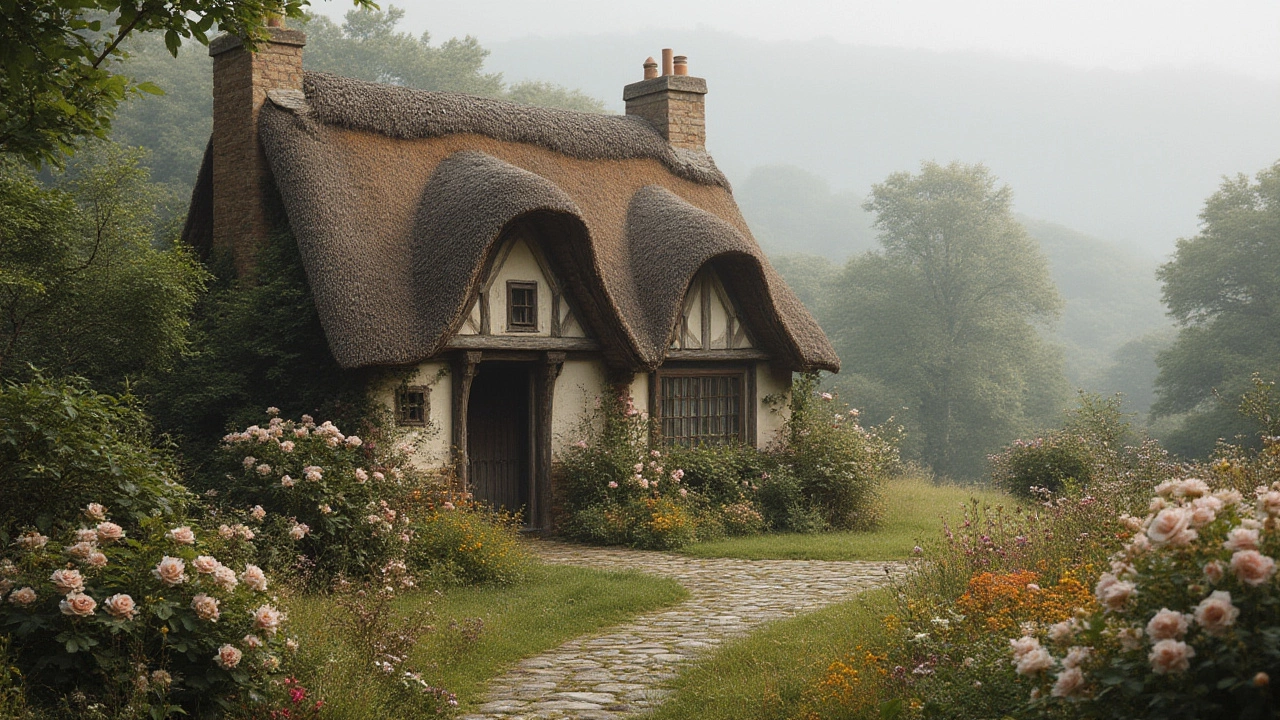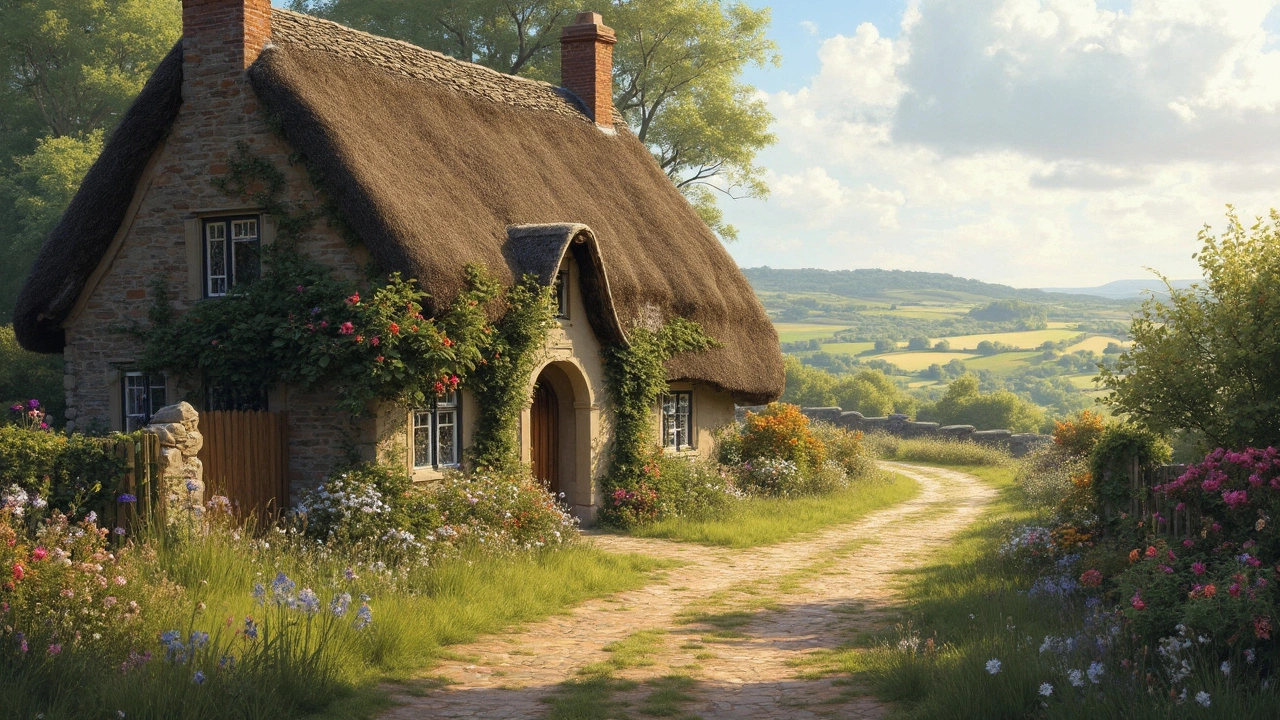Cottage Definition: How to Spot a Real Cottage
When you hear the word “cottage,” you probably picture a cozy stone house with a garden, maybe a thatched roof. But what exactly makes a building a cottage? In everyday talk, the term gets tossed around for anything small and cute, yet there are real traits that set a cottage apart from a house or cabin. Let’s break it down in plain English.
What Makes a Cottage Different?
A cottage is usually a modest, stand‑alone dwelling that started out as a simple home for a family or a farmer. It’s smaller than the average house – often under 1,500 square feet – and it’s built close to the ground, with a low profile. Classic cottages have a steep roof, a front door that faces the street, and a chimney that sticks out of the ridge. Inside, you’ll find a few rooms, sometimes an open‑plan kitchen‑living area, and a fireplace that used to be the main heat source.
Location also matters. Most traditional cottages sit in rural settings – think English countryside, Irish hills, or the Scottish lochs – but you’ll also find them in seaside towns and mountain villages. The idea is that a cottage feels attached to its surroundings, often using local stone or timber. That connection to place gives a cottage its charm.
Cottage Types and Common Features
There isn’t just one cottage style. In the UK you have the thatched cottage, the stone cottage, and the timber‑framed cottage. In America, the term expands to “cottage‑style” vacation rentals that mimic the old look but add modern comforts. No matter the style, most cottages share a few hallmarks: a small footprint, a pitched roof, a porch or veranda, and a garden that blends with the house.
Modern cottages often blend old‑world aesthetics with new amenities. You’ll see insulated walls, updated kitchens, and sometimes even solar panels on the roof. The key is that the exterior stays true to the traditional look. If you walk past a building and it feels like it could have been built a hundred years ago, you’re likely looking at a cottage.
Another common feature is the use of natural materials. Stone walls, wooden beams, and slate roofs are typical. These materials not only give the cottage a rustic vibe but also help it blend with the landscape. Even when a cottage is renovated, owners tend to keep the original stone or timber visible.
People love cottages for the sense of simplicity they bring. A small floor plan means less space to maintain, and the cozy layout invites you to spend time around the hearth or on the porch. That’s why many vacation‑rental sites label small, scenic homes as “cottages” – they promise that relaxed, down‑to‑earth feeling.
If you’re wondering whether your own tiny home counts as a cottage, ask yourself these questions: Is it a stand‑alone building? Does it have a pitched roof and a chimney or a similar roof style? Is it built with natural or traditional materials? Does it sit in a rural or semi‑rural setting? If the answer is yes to most, you’re probably looking at a cottage.
In short, a cottage isn’t just a cute name for any small house. It’s a specific type of dwelling with a history rooted in farming and countryside life, recognizable by its size, roof shape, materials, and connection to nature. Knowing these basics helps you spot real cottages whether you’re hunting for a weekend getaway or just curious about the term.

What Really Makes a Cottage? Typical House Sizes, Features, and Modern Trends
Unravel the mystery behind cottage sizes, what sets them apart from regular houses, and modern shifts in design. Get facts on dimensions, must-have features, and clever tips.
Continue Reading
What Qualifies as a Cottage? The Real Answer Starts Here
Wondering what really counts as a cottage? This article breaks down the details, from the typical features and history to the quirky rules that set cottages apart from just another house in the country. Get practical tips for identifying, choosing, or even styling your own place to meet the true 'cottage' vibe. We’ll keep things clear, honest, and straight to the point. Expect easy explanations with real-life examples for the rural cottage dream.
Continue Reading